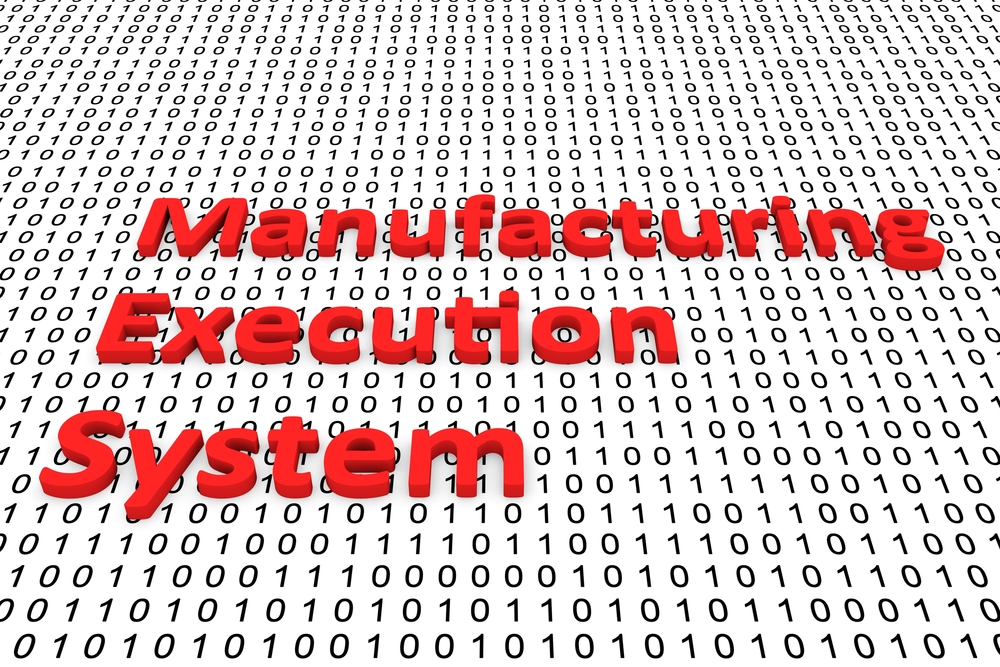
Computerized Shop Floor Control (SFC) Systems and Manufacturing Execution Systems (MES) date back over 40 years and were designed to track and document the transformation of raw materials first into work-in-process (WIP) and finally into finished goods. MES systems are designed to work in a wide variety of manufacturing environments and to integrate into complementary systems such as Enterprise Resource Planning (ERP).
It is important to note that not all SFC and MES systems and controls are computerized. When I started in manufacturing in 1975 our machine shop used a completely paper-based system of shop/work orders along with engineering drawings, and other work instructions to control activities on the shop floor. In those days earlier versions of ERP sub-systems in manufacturing were called materials requirement planning (MRP) and used to plan and execute the purchase and manufacturing items needed to create finished goods. Even today many operations, both large and small, depend on a variety of paper-based and computer-based systems which often times are quite disparate, i.e., they don’t talk to each other so there are multiple versions of the truth as to what is happening on the shop floor.
It is fair to say that in meeting with dozens of operations managers and directors in my last twenty years as a senior consulting advisor, I have never met anyone who liked their MES or SFC system. The reasons are varied, but a common theme is that they are painful to implement, cumbersome to install, difficult to maintain, and lack the fidelity needed to replace management by walking around. Even when MES systems are integrated to read machine data, they suffer from a fundamental weakness – they tell us very little (if anything) about the human element, inevitably the most difficult part of any operation.
Now imagine an integration-free, touchless and paper-free version of MES/SFC. Using computer vision, an application of artificial intelligence, a continuous monitoring and alerting system can obsolete the need for a pre-defined control-based MES/SFC systems in the best of cases or complement existing systems. In either case, the benefits are many and quick to materialize. For the first-time, operation managers have a system that can discern the actual routing/path of work without needing to pre-define it. It also allows the interactions of operators with their equipment and the products they are working on being understood passively and accurately. Operators benefit by a using a simple visual dashboard or kiosk to monitor production, receive alerts when a machine is being ignored or a job has been delayed. These alerts can come in a manner that works best for the user. In some cases, a flashing light may be the most effective alert, in others a work station kiosk pop-up alert or a smartphone app notification would signal a problem.
Computer vision can also integrate with the simplest paper-based shop floor controls. It can be as easy as placing a paper work order in a tray in which a low-cost camera reads the document and digitizes the data. It can even be taught to read work order and part number information written on a white board.
The irony in applying computer vision for SFC/MES is that the implementation effort and costs are significantly lower than traditional computer-based systems even though the technology behind them are light-years ahead. Now is the time to consider using the new computer-vision based monitoring and alerting system that truly manages all aspects of your operations from manufacturing, to warehousing, to shipping and receiving.

